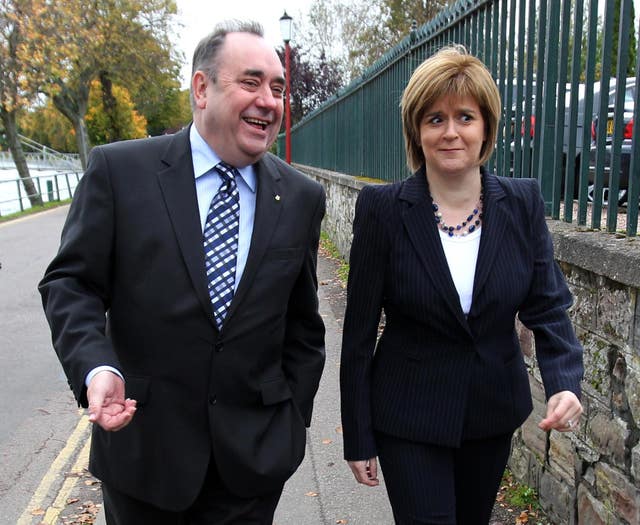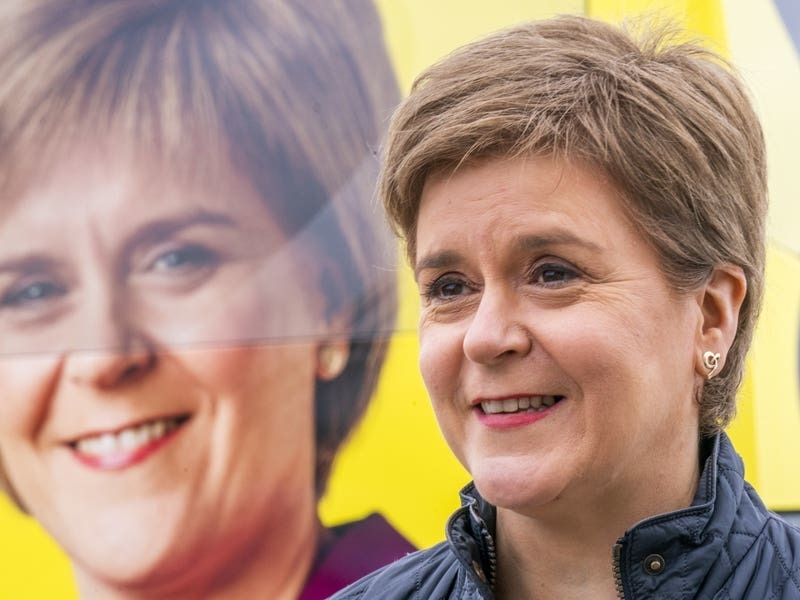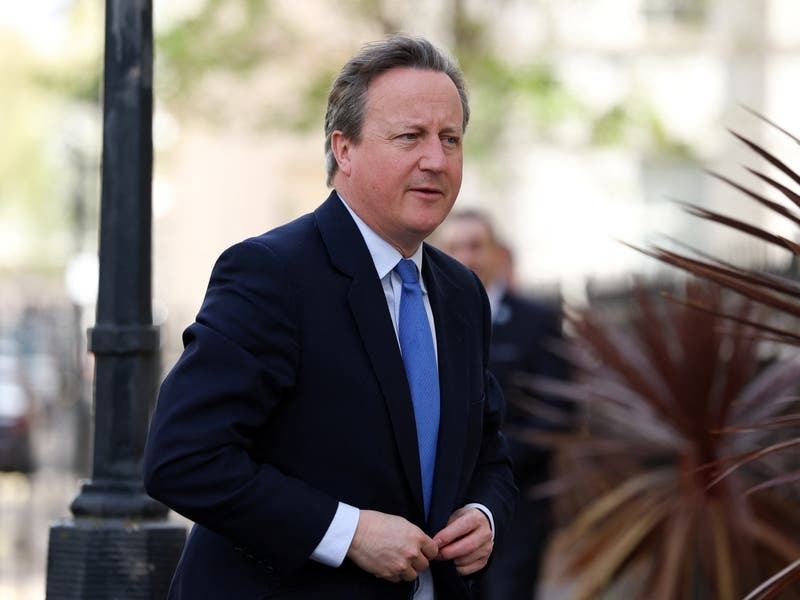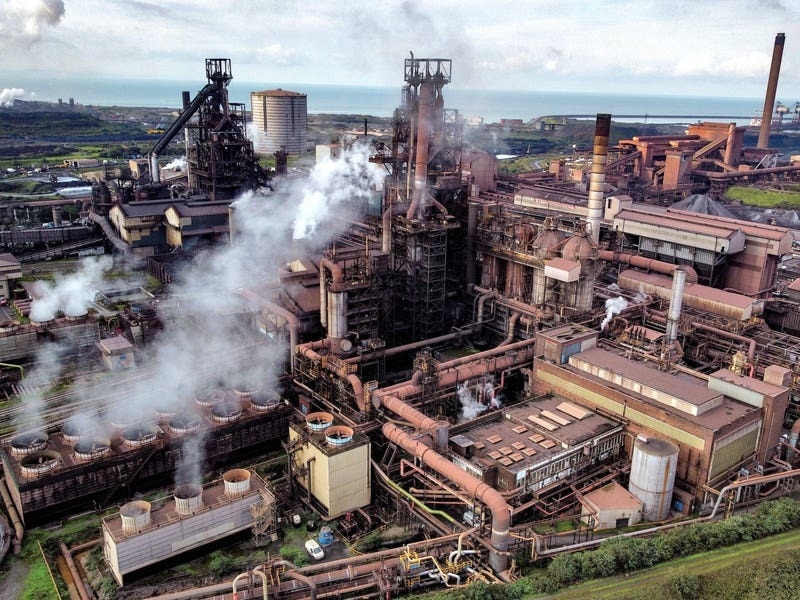Nicola Sturgeon’s historic career as First Minister will be remembered for the fight for Scottish independence and tackling the Covid-19 pandemic.
She will leave office as the longest-serving and first female First Minister since the creation of the Scottish Parliament in 1999.
Ms Sturgeon joined the Scottish National Party at the age of 16 and rose through the ranks to take top billing after Alex Salmond stood down following the defeat in the 2014 Scottish independence referendum and was voted in as First Minister days later.
Ms Sturgeon’s historic leadership oversaw a challenging health crisis as she announced a string of restrictions to curb the spread of coronavirus.
Her government has also been facing criticism as the NHS struggles to recover from the impact of the pandemic, with soaring waiting times in emergency departments.
Sturgeon’s main political ambition was to lead Scotland to independence – but after the Supreme Court ruled last year that Holyrood could not lawfully legislate on the constitutional issue, her party will meet next month to discuss treating the next UK election as a “de facto referendum”.

The UK Government blocked the Gender Recognition Reform (Scotland) Act which made it easier to self-identify as a chosen gender.
And the housing of transgender prisoners in the female estate has exacerbated the issue.
With a political career spanning nearly three decades, the First Minister has said it is the right time for her to step aside.

Following her school years at Greenwood Academy, in Irvine, North Ayrshire from 1982 to 1988, she went on to study law at Glasgow University.
She moved up the ranks in her party following this, standing as the youngest ever parliamentary candidate in the 1992 general election for the Glasgow Shettleston constituency, followed by a further failed attempt in the Glasgow Govan constituency in 1997.
But, in 1999, Ms Sturgeon was elected to the Scottish Parliament on the Glasgow regional list and until 2007, when she took the Glasgow Govan – now Glasgow Southside – constituency.

Ms Sturgeon would go on to become one of the most prominent voices within the SNP, first putting her name in the hat for the leadership race in 2004 following John Swinney’s resignation.
But Alex Salmond announced his intention to stand for the post, with Ms Sturgeon becoming his running mate.
In 2007, her party formed a minority Government in Scotland, when Sturgeon was appointed as Deputy First Minister and Health Secretary.
In her years as Health Secretary, she oversaw the scrapping of prescription charges and received praise for her handling of the 2009 swine flu crisis.
Ms Sturgeon’s close relationship with Mr Salmond fell apart and would go on to become a key point in Ms Sturgeon’s career.
The fall-out came after sexual harassment allegations were made against Mr Salmond – who was later acquitted.
The Scottish Government was forced to pay more than £500,000 towards Mr Salmond’s legal fees for their handling of the complaints.
Following his acquittal, Mr Salmond claimed there had been a “deliberate” attempt to damage his career by leading SNP figures, a claim which Ms Sturgeon strongly denied, saying her former mentor was angry at her refusal to make the allegations “go away”.
An investigation later found Ms Sturgeon did not breach the ministerial code in her handling of the issue.
And while the two remain fierce independence campaigners, they have often disagreed on the method for securing it.
In recent weeks, Ms Sturgeon has also been quizzed on the origin of finances used by her husband, Peter Murrell, to loan the SNP more than £100,000 to assist with cashflow.
Ms Sturgeon married the SNP chief executive in 2010. It emerged in December that Mr Murrell, the SNP chief executive, made the load in June 2021 – however, the First Minister has said the funds were entirely his own.






